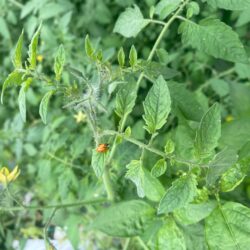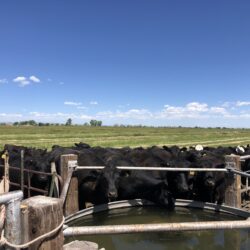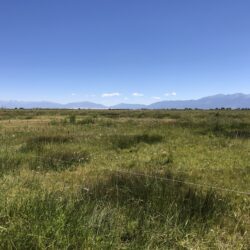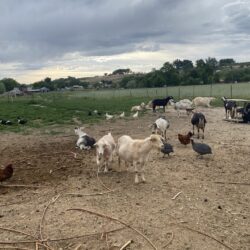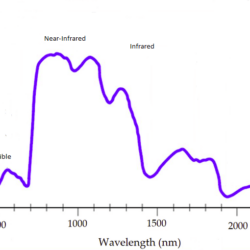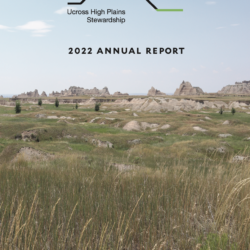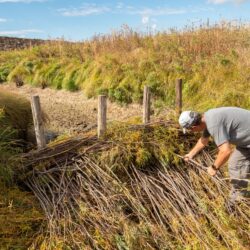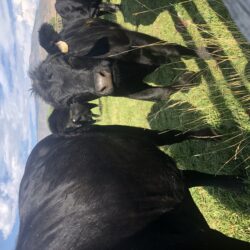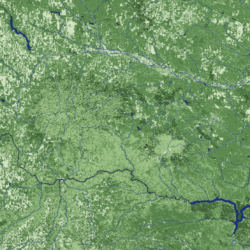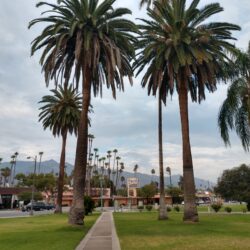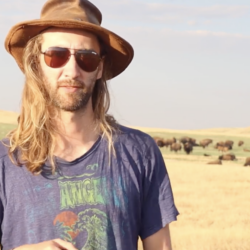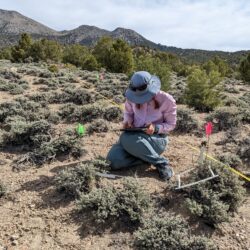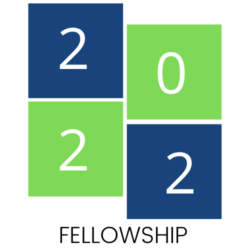What is the Difference Between a Crop and a Plant?—Julia Jacobson
A few months ago, during one of my first interviews of the summer, I was trying to discern how farmers’ experience of farming varied from crop to crop. For example, what is different about farming tomatoes versus, say, potatoes? I wondered if farmers favored certain crops — or certain methods — and if that might Read more about What is the Difference Between a Crop and a Plant?—Julia Jacobson[…]

